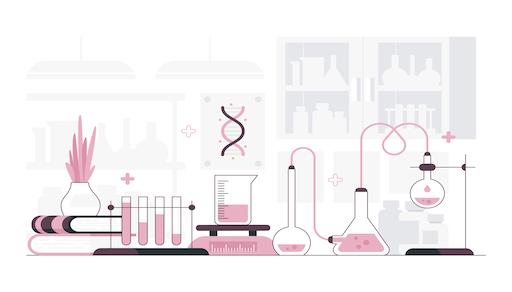In the dynamic world of scientific research, lab equipment is the bedrock upon which breakthroughs are built. The choice of laboratory instruments can significantly impact the quality and reliability of experiments. As budgets tighten and technology advances, buying used lab equipment becomes an increasingly attractive option. In this article, we’ll delve into the advantages and risks of purchasing used lab equipment, equipping you with the knowledge needed to make informed decisions for your laboratory needs.
Advantages of Buying Used Lab Equipment
Cost Savings
The most apparent advantage of opting for used lab equipment is the significant cost savings it offers. Laboratory instruments, particularly cutting-edge models, can be a substantial investment for research facilities. Buying used equipment can provide access to high-quality instruments at a fraction of the cost, allowing labs to allocate resources to other critical areas.
Availability of Rare or Discontinued Models
Used lab equipment markets often host a treasure trove of rare or discontinued models. These hard-to-find instruments may be precisely what your research requires. Buying used can open up opportunities to access equipment that might no longer be available as new.
Reduced Lead Times
Acquiring new lab equipment can involve lengthy lead times, delaying critical research projects. When buying used, lead times are typically shorter, as the equipment is readily available. This advantage allows labs to expedite experiments and maintain research momentum.
Risks of Buying Used Lab Equipment
Uncertainty of Equipment History
One of the primary risks associated with used lab equipment is the uncertainty surrounding its history. Without a comprehensive understanding of how the equipment was used, maintained, and whether it has been subjected to mishandling or harsh conditions, there is a degree of unpredictability in its performance.
Used equipment may have wear and tear, hidden defects, or latent malfunctions. While these issues might not be immediately apparent, they can manifest later, causing disruptions and costly repairs. Assessing the condition of used equipment is crucial to minimize these risks.
Lack of Warranty or Support
Unlike new equipment that typically comes with warranties and manufacturer support, used lab equipment often lacks such assurances. In the event of malfunctions or technical issues, laboratories may need to rely on third-party technicians or internal expertise, potentially incurring additional costs.
Factors to Consider When Buying Used Lab Equipment
When considering the purchase of used lab equipment, several key factors should be evaluated:
Age of the Equipment: The age of the equipment can significantly impact its performance and reliability. Older models may lack modern features and compatibility with current research needs.
Frequency of Use: Understanding how frequently the equipment was used can provide insights into its wear and tear. Lightly used equipment may have a longer lifespan and fewer issues.
Maintenance History: A comprehensive maintenance history can offer assurance of proper care and upkeep. Equipment with documented regular maintenance is generally a safer bet.
Compatibility: Ensure that the used equipment is compatible with your lab’s existing infrastructure and research requirements. Compatibility issues can lead to inefficiencies and additional expenses.
How to Assess the Condition of Used Lab Equipment
To mitigate risks associated with used lab equipment, a thorough assessment is imperative. This assessment should include:
Physical Inspection: A close physical inspection can reveal visible wear, damage, or signs of poor maintenance. Pay attention to components, connections, and any signs of corrosion.
Performance Testing: Performing functional tests on the equipment can identify potential issues. Ensure that the equipment operates as expected and meets your research needs.
Verification of Calibration and Accuracy: For instruments that require precision, verify their calibration and accuracy. Ensure that the equipment can provide reliable measurements.
Where to Buy Used Lab Equipment
When considering the purchase of used lab equipment, several options are available. Online Marketplaces specializing in the sale of used lab equipment offer a wide range of options. These platforms often provide detailed equipment descriptions and seller ratings to aid in decision-making. Auctions and liquidation sales can present opportunities to acquire equipment at competitive prices. However, it’s essential to thoroughly assess the condition of items before bidding.
In conclusion, the decision to buy used lab equipment can be a cost-effective way to equip your laboratory with necessary tools. However, it comes with inherent risks, primarily related to equipment history and condition. By carefully evaluating the factors discussed and conducting comprehensive assessments, laboratories can harness the benefits of cost savings while minimizing potential pitfalls. Used lab equipment can indeed be a valuable addition to your research arsenal when approached with diligence and discernment. If you’re considering purchasing used lab equipment, be sure to weigh the advantages and risks carefully. Don’t forget to evaluate the equipment’s age, frequency of use, maintenance history, and compatibility with your lab’s setup. And when you’re ready to make a purchase, check out reputable online marketplaces for a wide range of options. With these tips and insights in mind, you’ll be well-equipped to make informed decisions for your laboratory needs. You can also look through our lab products and find affordable supplies. If you need help selecting the right supply, contact us.

